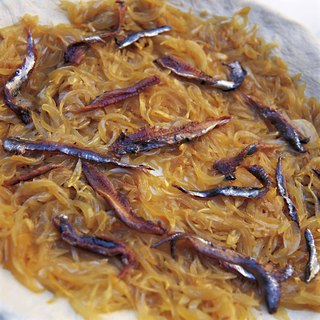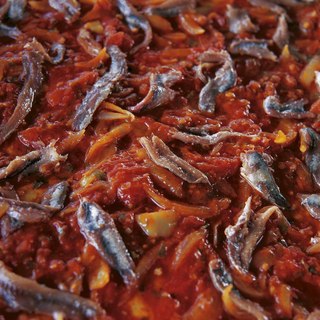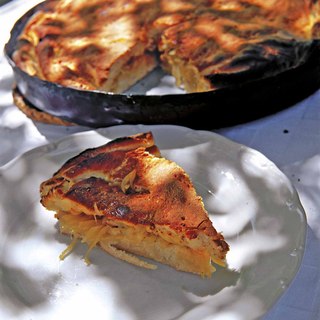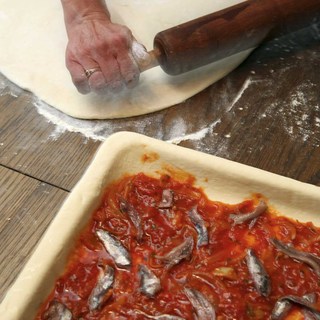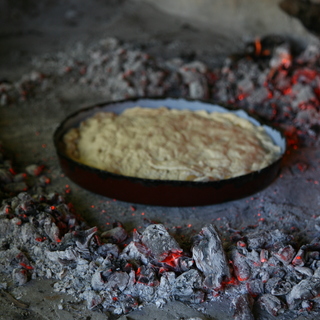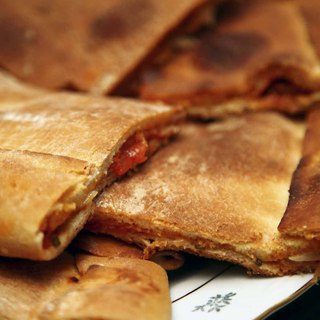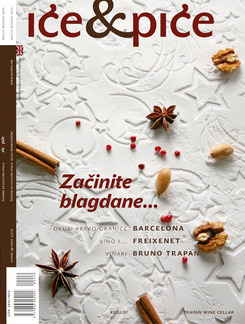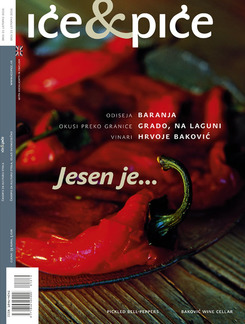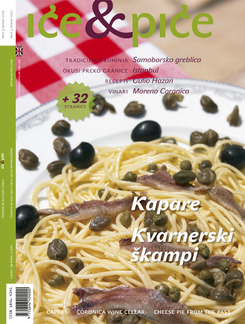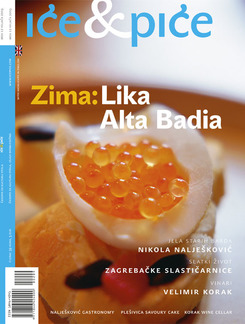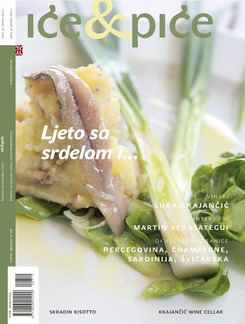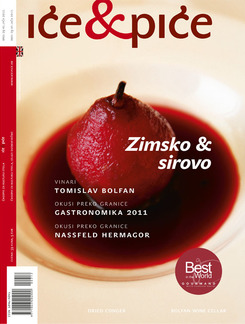The forceful arrival of the Hellenes to the Adriatic coast could not be imagined without the participation of the most famous Greek of his time, the tyrant Dionisius of Syracuse. In the year 397 BC he founded Issa, a colony on the island of Vis. Since the times of the irascible Dionisius until the end of antiquity, this town was to play a crucial role on the cultural and civilizational map of the Adriatic, until it sank into the murky waters of the Middle Ages for the duration of several dark centuries. Yet, in the archaeological remnants of the ancient Issa, as well as all over the island of Vis, one can still feel the pulsation of a life long gone – the muffled voices of the ancient marketplace and the agora alongside the grandiose Vis Port, the shouts of fishermen, sailors and merchants, a long-gone life buried under thick layers of centuries, still vibrant under the skin of time. That life was complemented by gastronomic favours directly imported from Dionisius’ Syracuse, but also from his native Sicily and Southern Italy, the region some of the most prominent gastronomic writers of Hellenic culture came from, such as the renowned Mithaecus and Lynceus, or the even more celebrated Archestratus of Gela. It is this heritage, this pulsation of life long gone that we feel so intensely in the local gastronomic tradition of Vis. Standing out among its choice dishes is the unique stuffed bread based on salted fish, locally known as pogaca, that bridges the gap of time between Issa and Vis.
The known culinary history suggests that Greek cuisine was based on olives, cheese, salted fish and various types of flat bread; therefore, when there were shortages of these basic ingredients, serious riots would sometimes break out among the common folk. One of those riots occurred after the death of Dionisius in Neapolis, or modern Naples, the home of the most popular Italian dish, pizza, which consists of much the same ingredients as the breads of ancient Greece and those of modern Vis. In Southern Italy, especially in Apulia, which also used to be part of the powerful Dionisius’ state, there is a traditional dish called focaccia, not unlike the stuffed bread of Vis or the pizza of Naples, yet this latter dish is now baked in numerous ways, thus losing the bond with its ancient predecessor. Nowadays, only in the delicacy prepared at Vis, in its folded doughy stuffing, there is still preserved the harmonious simmering of ancient spices, lovingly presented as gastronomic calendars of that island’s intricate history. In this genuine descendant of its Greek original, the Hellenic harmony is presented in the mixture of onions, salted fish and oil, in some rare instances complemented also by dashes of parsley, oregano, or sometimes even cheese and olives. The variety baked in Komiža is more similar to the Neapolitan focaccia as well as to pizza napoletana, since tomatoes are added as a tasty surprise that was implemented only after the discovery of the Americas. Still, until canned tomatoes were introduced, this ingredient was used only during the summer, whereas in the winter months the art of making the most cherished dish of the local gastronomy would inevitably return to its Hellenic culinary origins. To whichever extent some novel ingredients have been welcomed in the strictly obeyed recipe for viška pogača, they may never stray from the list of traditional ingredients, so as not to disturb the basic culinary canon of this ancient dish. This is not allowed to happen, not even when it is prepared by old women of Vis, or the peasants’ or fishermen’s wives from the Komiža region, or even in the town of Komiža itself, nor even when the original pogaca of Vis meets pizza napolitana, as prepared by Nona Darinka in her tavern, thus bringing out the Hellenic heritage of this dish into our modern days. Varieties of this dish have stormed eons of time on their boat of dough, which is evident from the numerous writings of Renaissance and Baroque poets from the islands of Vis and Hvar. Those written sources, accompanied by uncounted unwritten ones, bear witness to this dish’s stubborn journey through history. This stubbornness notwithstanding, there would be no viška pogača were it not for salted fish. Anchovies and sardines have emerged as incarnations of salty sea, bringing fame to Vis even before Greek stuffed breads started their own adventure of growing into a gastronomic cult of Vis. Salted fish was common merchandise back in the days of Dionisius’ Issa, still going strong during the rule of the Roman Empire and later, especially during the rule of Venice. In 19th century, when husbands of Vis and Komiža sailed all the way to the Iberian peninsula on their fishing boats, to bring the art of salting fish into Spanish and Portuguese cuisines, the Vis type of barrel used for storing salted sardines and anchovies was considered to be the best in all the Mediterranean. It is not easy to say whether those sailing cooks influenced the entire Mediterranean cuisine with their stuffed breads, but there is no denying the fact that this ancient multicultural cuisine, which has always included the cuisine of the Adriatic coast in its ranks, features small pies topped with salted fish, or Italian and Greek bruschettas with the base of toasted bread, topped by a mixture of olive oil, garlic, tomatoes, and frequently salted sardines or anchovies. It is impossible to even guess who played the most prominent role in inspiring and influencing others in this culinary fairy tale which has been unfolding on Vis since times immemorial. Certainly, viška pogača stems from intricately woven gastronomic roots, yet there is no doubt that in its course of historic and gastronomic changes through time, it has managed to preserve a small but quintessential part of heritage. It speaks out a simple, yet clearly audible message, about the rather obscure gastronomic history of the Adriatic, not unlike a scented and tasty breeze that has blown over a stuffed bread a long time ago and reached us from there.
